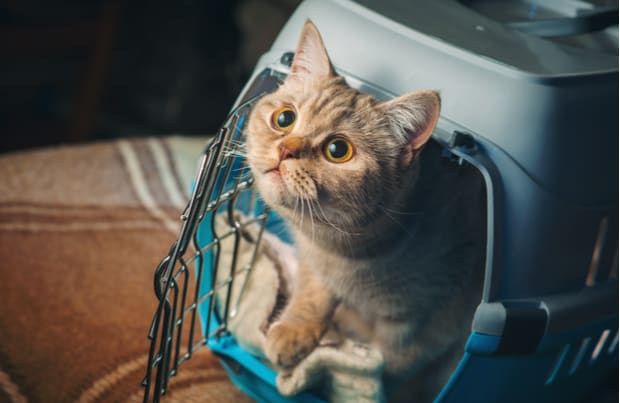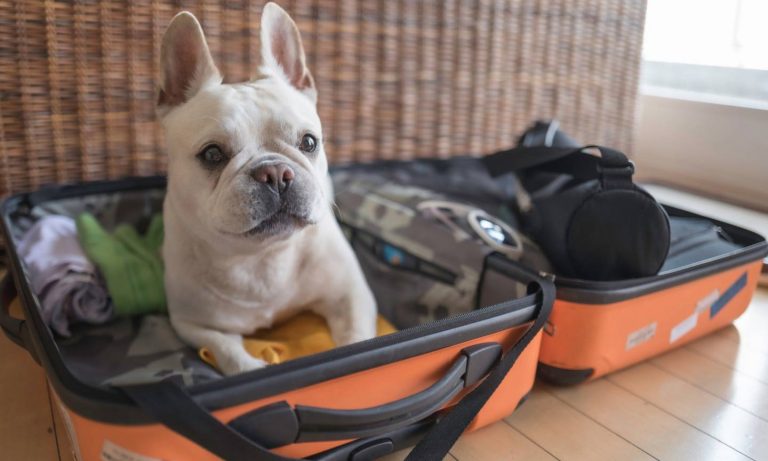If you’re a city dweller, it’s inevitable that, at some point, you’ll have to travel with your cat via public transportation. Whether you need to get to the vet by subway or bus or are moving from one apartment to another and need to find a way to get your precious cargo to your new location, most urban cat parents will come across this dilemma.
So what’s the best way to travel with your kitty when getting from point A to point B requires boarding a noisy, crowded bus or train? Find out, below.
Tips for Traveling with Your Cat
Adi Hovav, senior feline behavior counselor with the ASPCA, has three helpful tips for traveling with your cat (via public transportation or otherwise):
- Bring identification: when traveling, your cat should be placed in a closed cat carrier (hard plastic carriers are highly recommended), and must wear a safety collar and an ID tag. An ID tag or an implanted microchip can help ensure that your cat is returned if he becomes lost.
- Start slowly: many pets haven’t spent much time in their carriers before they need to be in it for transportation, so prepare your cat by gradually acclimating him to his. First, place his food inside an open carrier, and eventually have him eat meals in the carrier with the door shut. Try carrying your him around the house or around the neighborhood in the carrier, building up to short trips using the mode of transportation you’ll be taking. You can help your pets develop a positive association with the carrier by providing treats and playtime at the conclusion of carrier time.
- Prep a pet-friendly travel kit: pack a favorite toy or pillow to give your pet a sense of familiarity while inside the carrier. Be sure to pack plenty of water, and avoid feeding your pet in a moving vehicle or train. Your pet’s travel-feeding schedule should start with a light meal three to four hours prior to departure, and always opt for bottled water. Drinking water from an area he isn’t used to could result in stomach discomfort.
There will be tons of sights, sounds, and movements your cat won’t be familiar with, so you should try and keep him as calm as possible in this new environment.
Caitlin Moore of Pet Relocation, Inc. says that one particularly helpful way to keep your cat calm and cozy during your venture is to place a T-shirt that you slept in the night before (or something else that smells like you) in the carrier to make them more comfortable with the environment.
She also says that, as with anything relating to your cat and his wellbeing, talk to your veterinarian to help create a travel plan that is appropriate for your specific pet.

Aly Semigran is a staff writer for PawCulture, lifestyle writer for the world, and roommate of Ruby, the cutest dog in the world.
Share:









